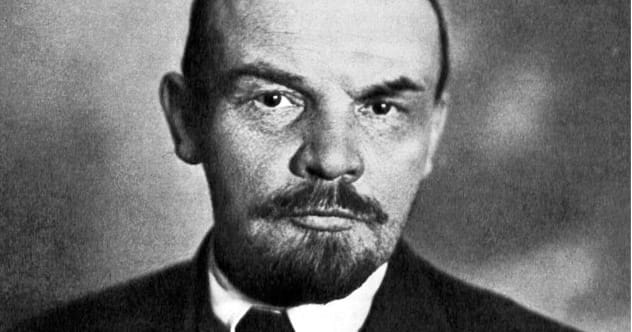It’s fascinating how a name can become synonymous with a historical figure. Yet, many famous individuals were born with completely different names. These changes often occurred for interesting reasons, like clerical errors, fear of prejudice, or even pleas for divine intervention. Let’s explore the stories behind these name changes.
Nelson Mandela
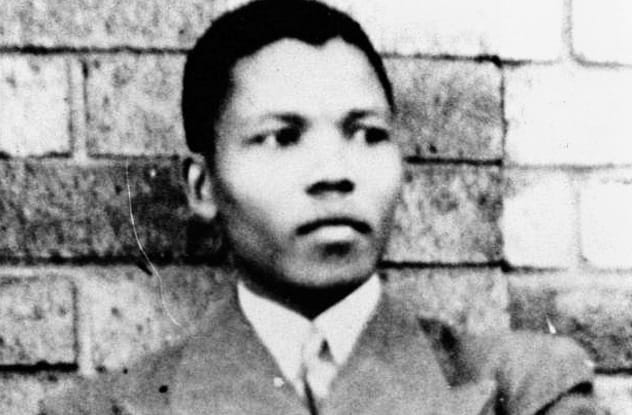
Nelson Mandela had many names throughout his life. Some were given out of respect, acknowledging his strong character. These included Dalibhunga (meaning “creator of the council”), Madiba (his clan name), Tata (“father”), and Khulu (“grandfather”). His birth name, Rolihlahla, meant “troublemaker,” a name given by his father.
The name Nelson was given to him when he started school. It was common for teachers to assign Christian names to African students because they couldn’t pronounce the African names. So, Miss Mdingane, his teacher, gave him the name Nelson to make it easier for the British colonials to pronounce.
Ulysses S. Grant

Hiram Ulysses Grant went by his middle name as a boy. Unfortunately, some called him “useless” because he was small and quiet. Grant wanted to attend the US Military Academy at West Point. However, a mistake by a congressman changed his name forever.
The congressman thought Ulysses was Grant’s first name and assumed his middle name was his mother’s maiden name, Simpson. So, Hiram Ulysses Grant was accepted to West Point as Ulysses Simpson Grant due to this clerical error. To avoid rejection, he adopted the incorrect name and signed his name as Ulysses S. Grant from then on.
Leon Trotsky
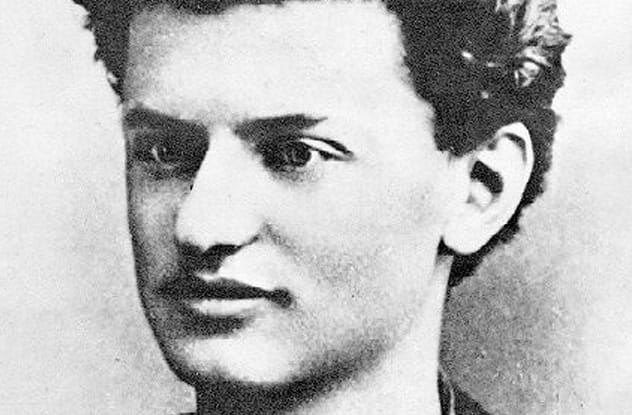
Leon Trotsky’s beliefs were shaped by his arrest and exile to Siberia for revolutionary activities. While in exile, he married Aleksandra Sokolovskaya, also a Marxist, and studied philosophy. He began to understand the disagreements within the Russian Social Democratic Labor Party.
Trotsky was born Lev Davidovich Bronstein. He used pen names in his writings, but after escaping from exile, he adopted the name Leon Trotsky. He stole the passport of a jailer named Leon Trotsky in Odessa and had to use the name to continue using the false documents.
Haile Selassie
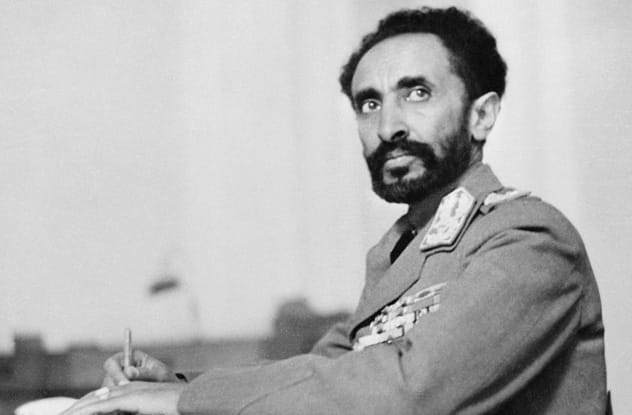
Haile Selassie’s full name as Emperor of Ethiopia was “Haile Selassie I, King of Kings, Lord of Lords, Lion of the tribe of Judah.” Many Jamaicans believed he fulfilled prophecies from the Bible and Marcus Garvey. Garvey had urged Jamaicans to return to their native land in Africa.
Revelations 19:16 says: “King of Kings and Lord of Lords.” Also, “Haile Selassie” means “the power of the Trinity.” Garvey told his followers to “Look to Africa for the crowning of a black king; he shall be the Redeemer.”
Those who believed Selassie was God Incarnate called themselves Rastafarians, taken from Selassie’s name before he became emperor: Ras Tafari Makonnen.
Geronimo
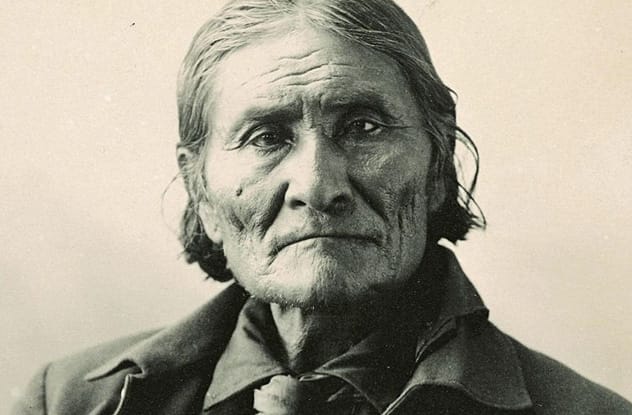
Before attacking the Mexican soldiers who killed his family, the Apache warrior Geronimo was known as Goyahlka, meaning “the one who yawns.” After the attack, his personality changed. According to Mark Megehee, Goyahlka’s “friends noticed he was no longer mild and pleasant. He was unexpectedly violent and had a temper.”
The attack made him hate the Mexican soldiers. During one assault, he ignored bullets while slaying men with a knife. So, how did Goyahlka become Geronimo? According to one story, those attacked by him called for help from St. Jerome, the patron saint of death, which translates to Geronimo in Spanish.
Caligula

Caligula’s name brings to mind stories of excess and lunacy associated with the Roman emperor. But Caligula was a childhood nickname meaning “little boots,” not fitting for Rome’s most unstable leaders.
Caligula’s real name was Gaius, son of the respected general Germanicus. When Germanicus brought his son on campaigns, he dressed him in a miniature soldier’s outfit, including the footwear called caliagae . So, Gaius was nicknamed Caligula by his father’s soldiers, and the name stuck, though he hated it.
Tiberius, Caligula’s stepfather, said, “I am nursing a viper for the Roman people,” knowing the monster he might have created.
Ho Chi Minh
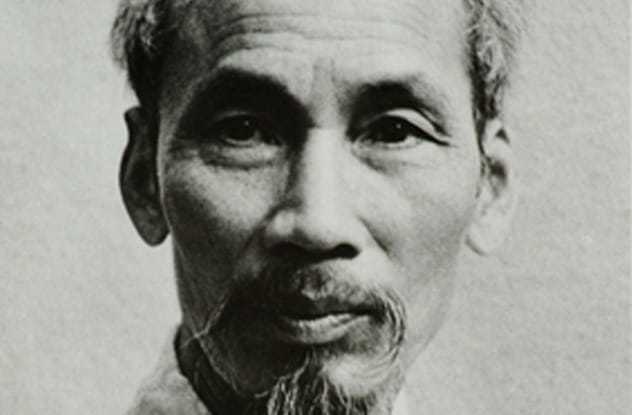
Ho Chi Minh is so closely associated with his name that Saigon is now Ho Chi Minh City. But he was born Nguyen Sinh Con and used several other names, including Nguyen Tat Thanh and Nguyen Ai Quoc, along with about 10 other aliases.
The name Ho Chi Minh means “bringer of light,” fitting for a revolutionary leader. However, there’s a theory that he stole the name and identity from a deceased beggar. When arrested, he supplied the stolen name to officials.
Amor De Cosmos

The second premier of British Columbia adopted his name for a simple reason. Born William Alexander Smith, he wanted to stand out from the many other Smiths in the area. He petitioned for a name change to keep his mail from being opened by another Bill Smith.
The name Amor de Cosmos wasn’t easily adopted. The bill for the name change was sent to the department of military affairs because someone heard “armor” instead of “amor.” The new name was misunderstood as “Armor Debosmos,” “Amor de Bosmas,” and more.
Legislators joked about it, suggesting replacing “de” with “Muggins” or adding “Caesar.” The name change passed after Amor de Cosmos explained that he wanted the name because it meant “Love of order, beauty, the world, the universe.”
Vladimir Lenin
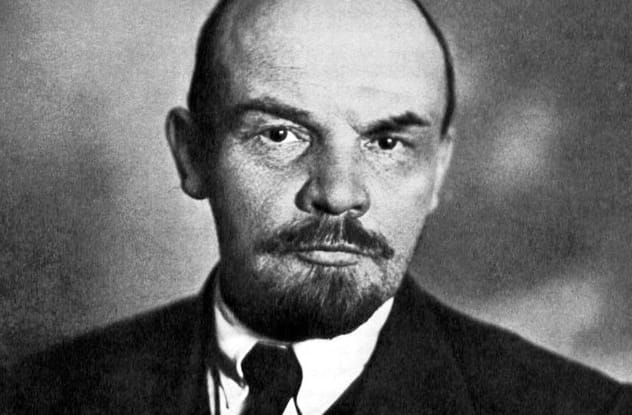
Born Vladimir Ilych Ulyanov, the founder of the Russian Communist Party adopted the name Lenin after being exiled to Siberia. Unlike Trotsky, Lenin’s choice wasn’t about stolen papers. It’s believed he took the name from the nearby Lena River.
A pseudonym was necessary because his revolutionary writings made him a target of the tsarist secret police. Lenin’s revolutionary path started with his family. His older brother was involved in an assassination attempt on Alexander III and was executed. Lenin took up his brother’s cause.
Pancho Villa

Mexican revolutionary Pancho Villa was known as a modern-day Robin Hood. He stole from the wealthy to support himself and the poor under President Porfirio Diaz. But Villa didn’t start as an outlaw. He was forced into hiding after an incident while working as a sharecropper.
At 16, still known as Doroteo Arango, he found a member of the Lopez Negrete family trying to rape his 12-year-old sister. Villa shot the man and fled to the mountains, changing his name to avoid capture. He adopted the name Pancho Villa, which was his grandfather’s name.
His time on the run led to his acclaim as an outlaw. He formed an army that forced Diaz from power. Villa controlled northern Mexico, and Emiliano Zapato assembled forces in the south, ensuring Diaz could no longer rule.
Discovering the original names of these historical figures provides a fresh perspective on their lives and legacies. Each name change carries a unique story, shaped by circumstances, beliefs, or even simple mistakes. What surprised you most about these name changes? Leave your comment below!


